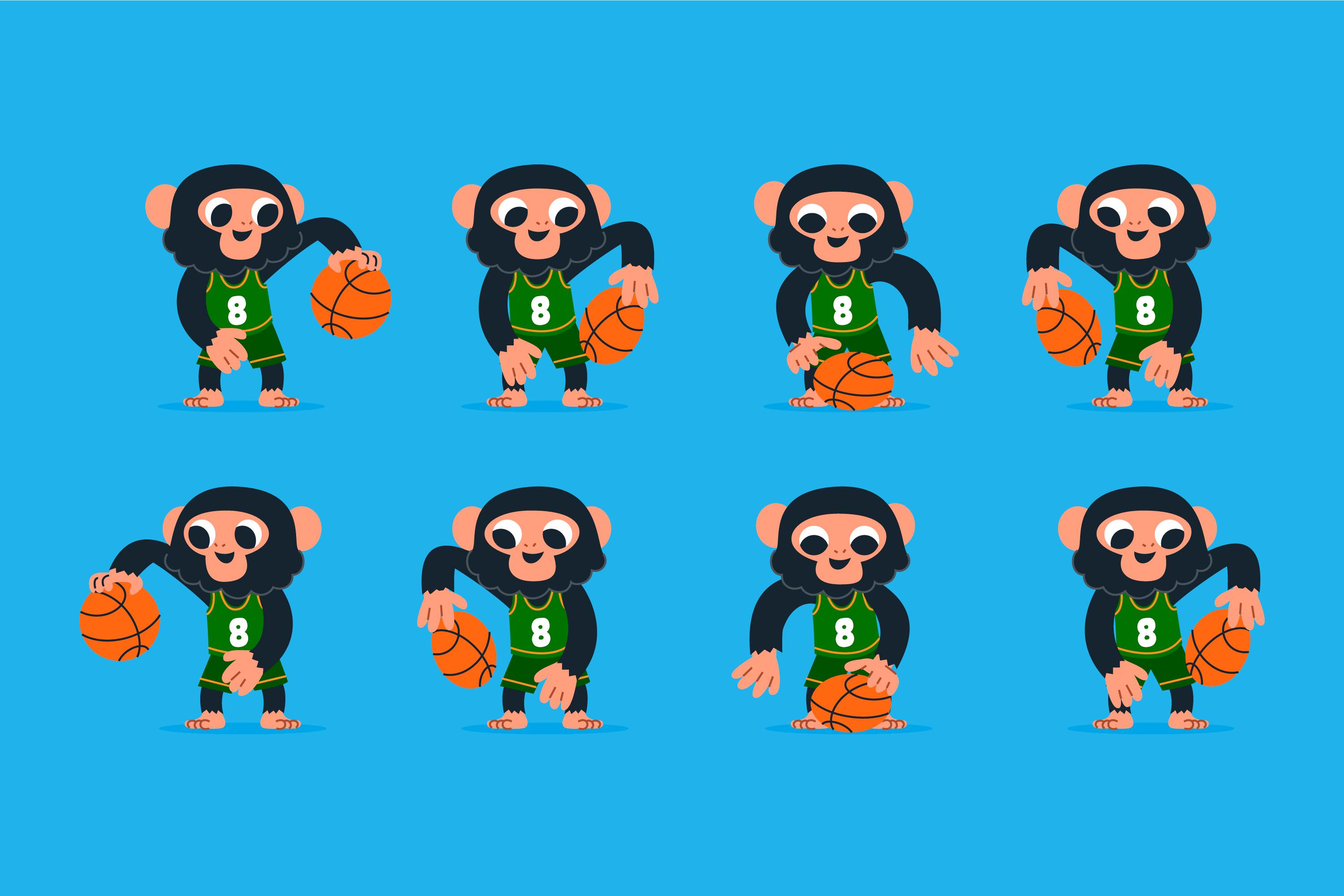When it comes to game development, assets play a crucial role in shaping the visual and auditory experience of the game. These assets can range from character models to background music, and they are essential for bringing a game to life. Whether you are an indie developer working on your first project or part of a larger studio, understanding game assets is key to creating a polished and immersive experience.
What Are Game Assets?
Game assets are any digital components that make up the visual, auditory, and interactive elements of a game. They can be categorized into several types:
- 2D Assets: These include sprites, backgrounds, and UI elements used in 2D games. For example, pixel art characters or hand-drawn backgrounds are common 2D assets.
- 3D Assets: These include models, textures, and environments for 3D games. From realistic characters to detailed landscapes, 3D assets add depth to your game world.
- Audio Assets: Sound effects (SFX), background music, and voiceovers fall under this category. A well-designed soundscape can enhance the player's immersion.
- VFX and FX: Visual effects like explosions, particle systems, and lighting effects create dynamic visuals, especially in action-packed scenes.
- Animations: Both 2D and 3D animations bring characters and objects to life, giving them motion and fluidity within the game.
Where to Find Free Game Assets
Finding quality game assets can be a time-consuming task, especially if you're on a budget. Fortunately, there are numerous resources where developers can find free game assets:
-
AssetForFree: This website offers a wide range of free game assets, from 2D characters to 3D models. Whether you’re looking for props, environments, or sound effects, AssetForFree is a valuable resource for game developers.
-
Unity Asset Store: For developers working with Unity, the Unity Asset Store provides free and paid assets across various categories. You can find everything from character models to entire environments.
-
Kenney Assets: Kenney offers a variety of free-to-use 2D and 3D game assets that can be used in both personal and commercial projects. Their assets are simple, clean, and versatile, making them a great starting point for any game.
-
OpenGameArt: OpenGameArt is a community-driven platform where developers share their free game assets. You can find a wide variety of assets, from pixel art to audio tracks.
-
GameDev Market: This marketplace offers both free and paid game assets, catering to different styles and genres. While the premium options are plentiful, there’s also a selection of free assets worth exploring.
Tips for Using Game Assets
When using free game assets, it’s important to consider a few key factors:
- Licensing: Always check the license attached to any asset. Some free assets are available for both commercial and non-commercial use, while others might have restrictions. Make sure you understand the terms to avoid any legal issues.
- Customization: Even though free assets are ready-made, customizing them to fit your game’s unique style can add originality. Small tweaks to textures, colors, or animations can make a big difference in making the asset feel like a natural part of your game.
- Optimization: Game performance can be impacted by how assets are used. Make sure your assets are optimized for your game’s platform, whether that’s mobile, PC, or console. This includes optimizing file sizes, reducing polygon counts for 3D models, and ensuring that textures are not unnecessarily large.
Creating Your Own Game Assets
While free assets are a great resource, there may come a time when you need custom assets to fit your specific vision. Creating your own assets can be a rewarding experience, and there are numerous tools available to help developers:
- Blender: A powerful and free 3D modeling tool that allows developers to create everything from characters to environments.
- GIMP and Krita: These free tools are perfect for creating 2D art, sprites, and textures. They offer many of the same features as premium software like Photoshop.
- Unity and Unreal Engine: Both of these game engines come with built-in tools for creating visual effects, animations, and even some basic 3D models.
Conclusion
Game assets are the building blocks of any video game. Whether you’re downloading free assets or creating your own, they’re essential for crafting a memorable experience for players. With the right resources and tools, developers can find or create high-quality assets that elevate their games to the next level.

